PVC Ceiling is one of the good alternatives for false ceiling decoration for their properties and long-lasting life. Generally, use of PVC (Polyvinyl Chloride) panels to create a decorative and functional ceiling surface that hides the structural elements, services, add desire lighting locations, color combinations of the actual ceiling. This type of PVC panels false ceiling is a popular choice for architects and interior designers due to its versatility, durability, and ease of maintenance.
Mainly this decorative PVC ceiling design is often used in residential, commercial, and industrial spaces to enhance the aesthetics of a room and provide various functional benefits.
False ceiling design in PVC panels
Let’s see some interesting ceiling examples that make out of PVC panes in living room, kitchen, bedroom, shops, hall, etc.
PVC Ceiling Design For Hall
PVC Ceiling Design For Bedroom
PVC Ceiling Design For Shop
PVC Ceiling Design For Living Room
It’s important to note that while PVC false ceilings have several benefits, they also have some limitations. They might not offer the same level of sophistication or premium appearance as materials like gypsum or wood. Additionally, in spaces with very high temperatures, PVC panels could potentially be affected by heat.
Advantages of PVC false ceiling designs:
- Aesthetic Appeal: PVC panels offer a variety of textures, colors, patterns, and designs, resulting in numerous creative possibilities that can be used to complement any interior design.
- Easy Installation: These panels are relatively lightweight and can be installed easily, especially with the options of nails, screws, or an interlocking system for direct fixation. The panels are usually interlocked or suspended using a metal framework, creating a smooth and seamless appearance.
- Durability: PVC is a highly durable material that offers excellent resistance to moisture, mold, mildew, and rot. This makes PVC false ceilings an ideal choice for areas with increased humidity or dampness, such as bathrooms and kitchens. Moreover, PVC is resilient to wear and tear over time, and its durability helps it withstand damage from moisture exposure, mold growth, or insect infestation more effectively than other materials.
- Low Maintenance: PVC panels are characterized by their ease of cleaning and minimal maintenance requirements. Typically, a simple dusting or wiping with a damp cloth is sufficient to maintain their pristine appearance. Additionally, PVC false ceilings are highly amenable to cleaning and maintenance, as they possess a remarkable resistance to moisture. This feature renders them particularly suitable for installation in areas such as kitchens and bathrooms, where moisture is a primary concern.
- Concealing Wires and Pipes: PVC false ceilings can be designed to hide electrical wires, plumbing pipes, and other utilities, giving the ceiling a neat and seamless appearance.
- Insulation and Acoustics: Some PVC panels come with insulation properties, helping to improve the thermal and acoustic characteristics of a room. It can be used in conjunction with other materials to improve insulation or acoustic performance in a room.
- Affordability: PVC false ceilings are generally more cost-effective compared to other ceiling materials like gypsum or wood. This makes them an attractive choice for budget-conscious projects.
- Versatility: PVC panels can be bent, curved, or cut into various shapes, allowing for creative and customized ceiling designs.
- Lightweight: The lightweight nature of PVC panels makes them easy to transport and handle during installation.
- Lighting Integration: One advantage of PVC false ceilings is that they can easily accommodate various lighting fixtures, such as recessed lights, LED strips, or pendant lights. This makes it possible to create different lighting effects and enhance the ambiance of the space.
- Environmental Considerations: While PVC is widely used, it’s important to note that the production and disposal of PVC materials can have environmental impacts. Some designers and clients may prefer more sustainable materials if environmental concerns are a priority.
PVC Ceiling Design Price
The pricing of PVC ceiling design is subject to significant variation, contingent upon several factors, including the intricacy of the design, the quality of materials employed, the area’s size to be covered, and the labor costs prevailing in your region. Furthermore, market trends and the specific supplier you select can also impact prices.
To the best of my knowledge, PVC ceiling panels are generally deemed a cost-effective alternative to other ceiling materials, such as gypsum or wood. Typically, the cost ranges from 100 INR to 300 INR per square foot for materials and installation. However, intricate designs, patterns, or additional features may escalate the overall cost.
For the most precise and current pricing information, I suggest contacting local suppliers, contractors, or interior design professionals in your area. They can furnish you with specific quotes based on your project requirements and the current market conditions.
You may also like to read about:
- How much Home Automation Play Major role Home Security now a Days?
- How to Choose the Best Ceiling Lights for Your Kitchen?
- Glass Roofing Designs – What You Need To Know?
- 100+ latest unusual architecture thesis topics list for dissertation research proposal
- Architects in Adelaide: 20 Top Architecture Firms in Adelaide
Summary
When considering a PVC false ceiling design, it’s advisable to work with a professional interior designer or contractor who can help you choose the right design, ensure proper installation, and address any specific requirements for your space.

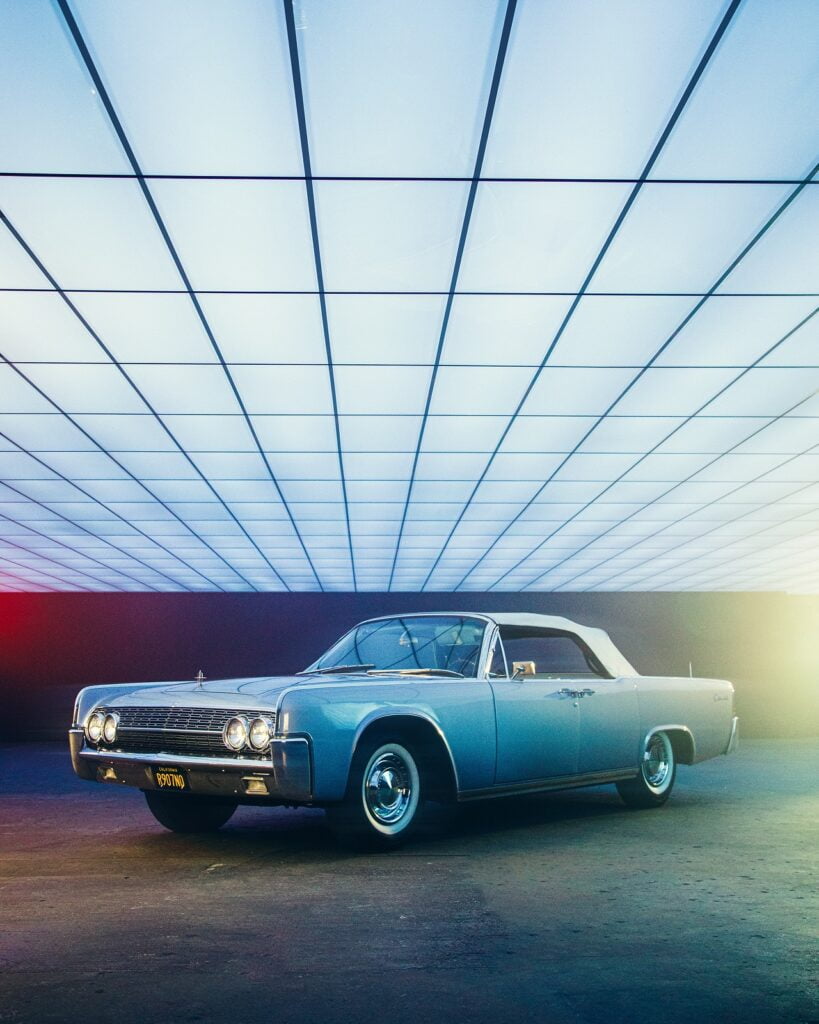
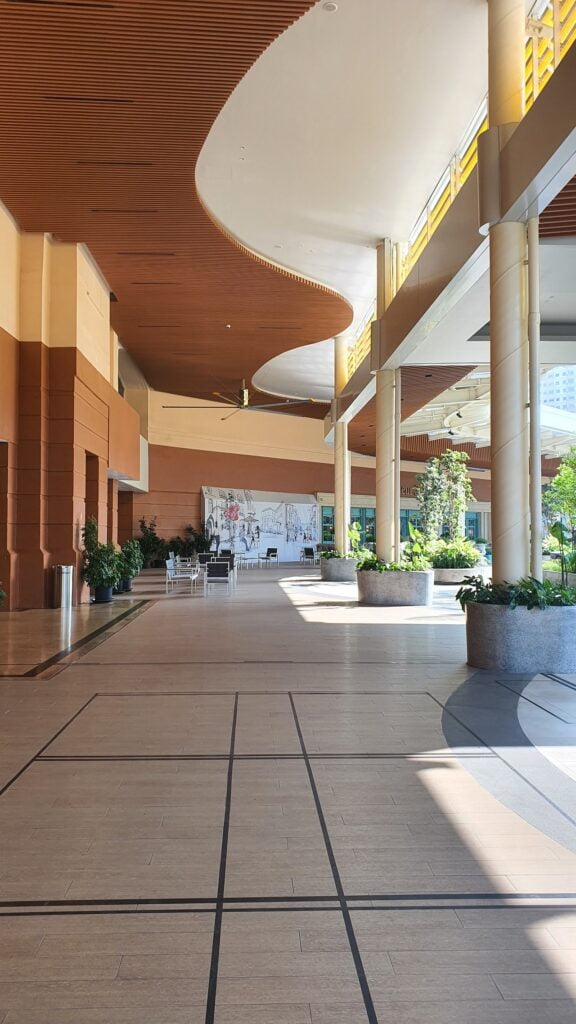
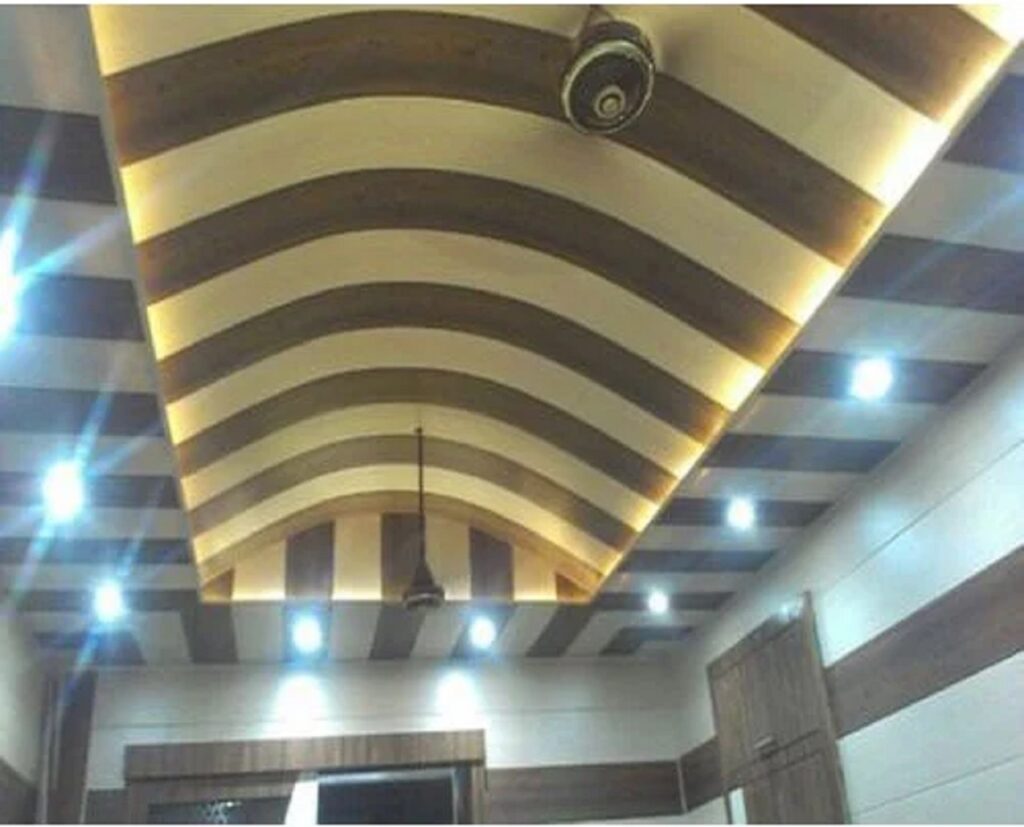
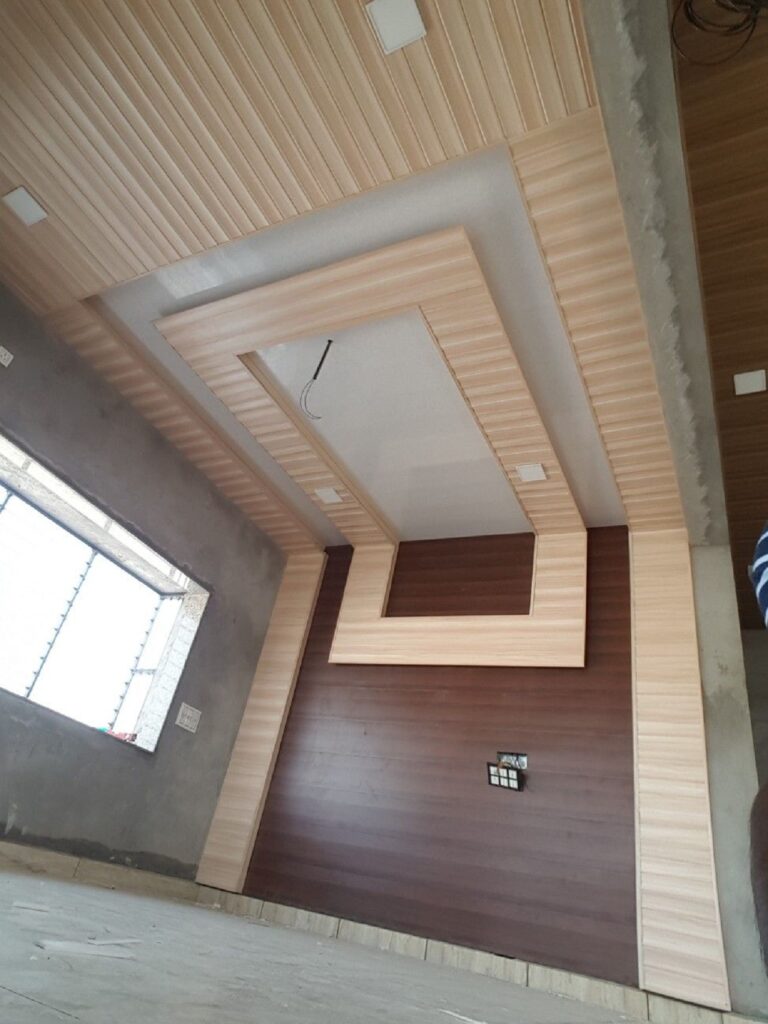
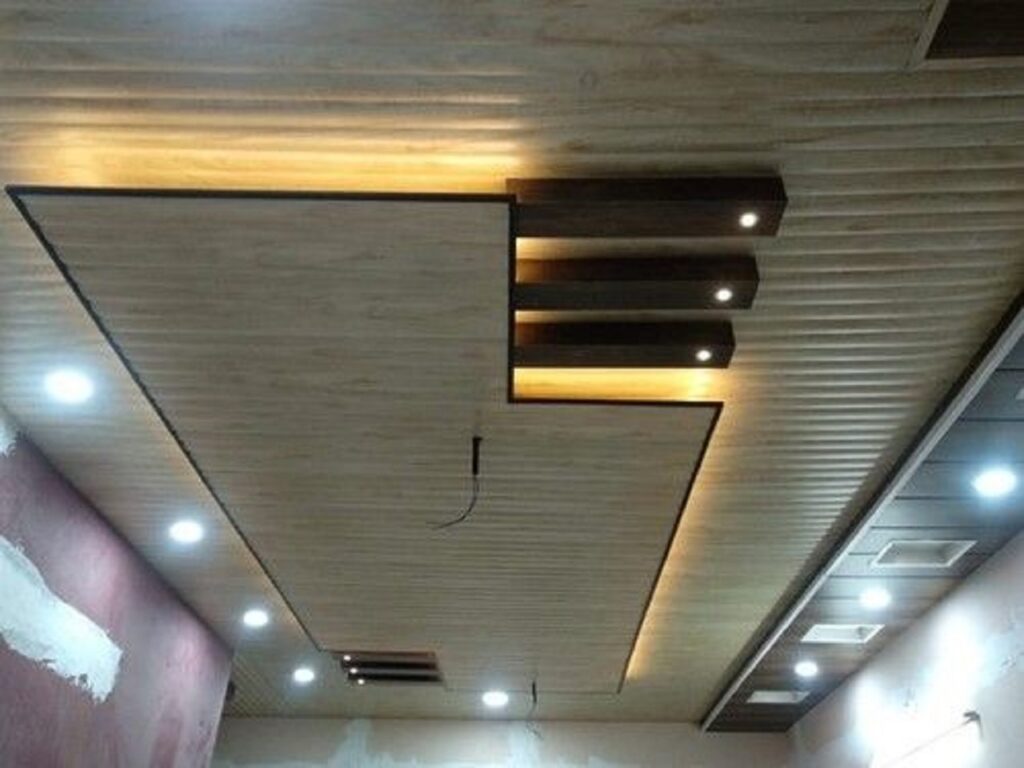
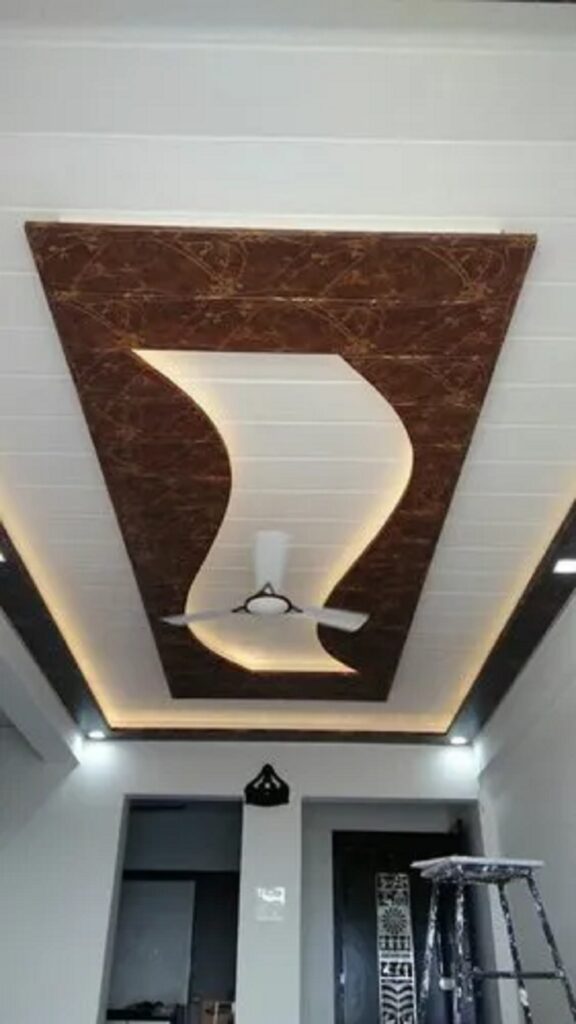
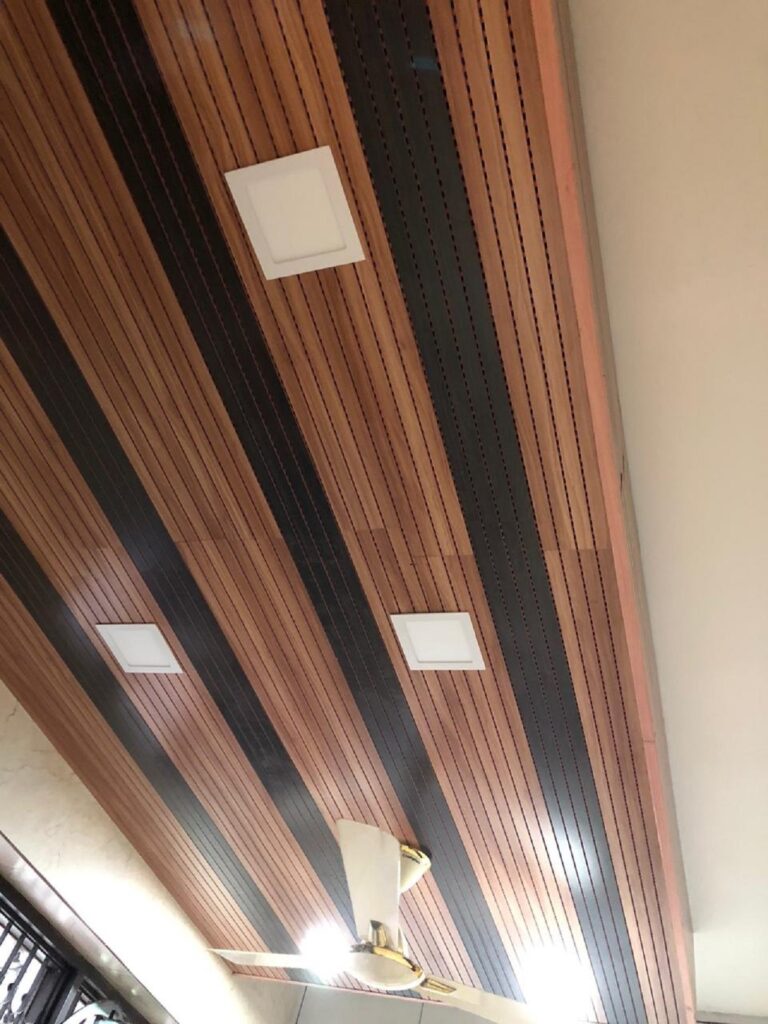
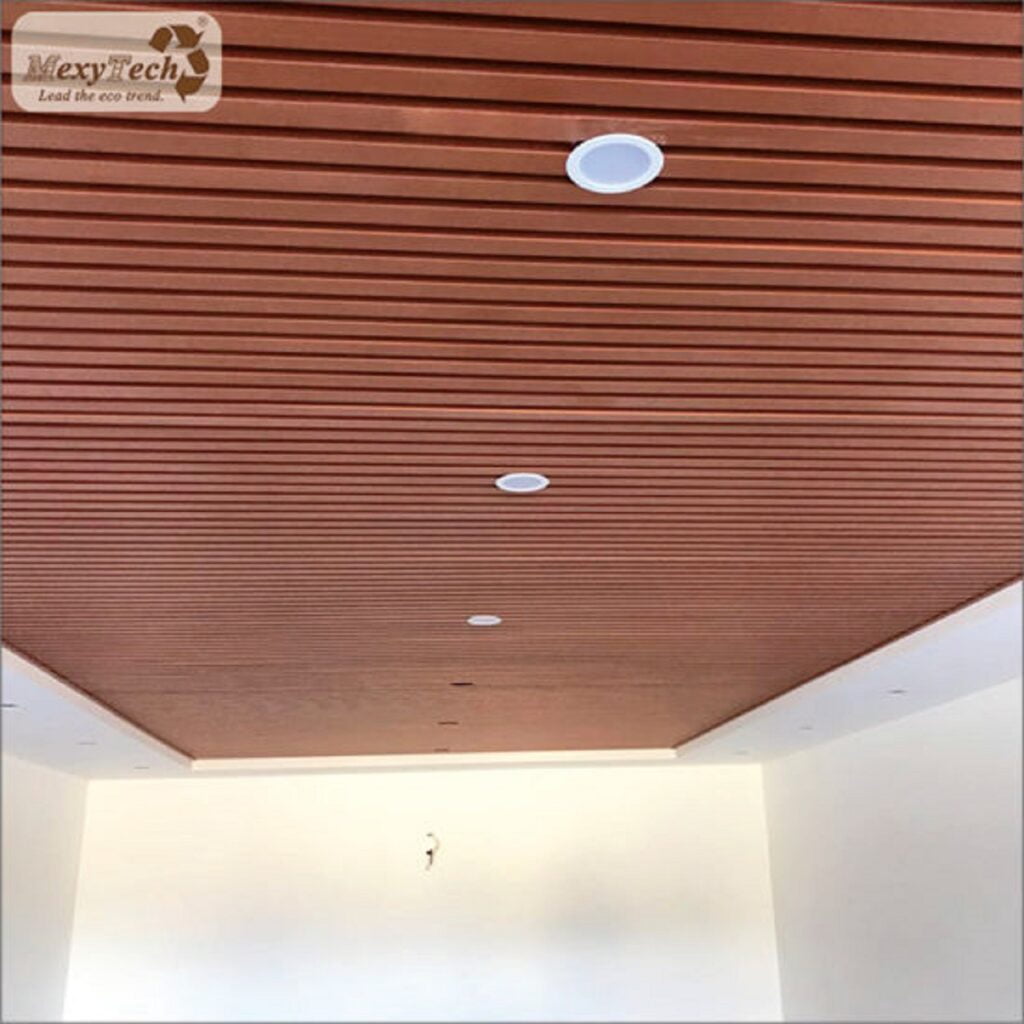
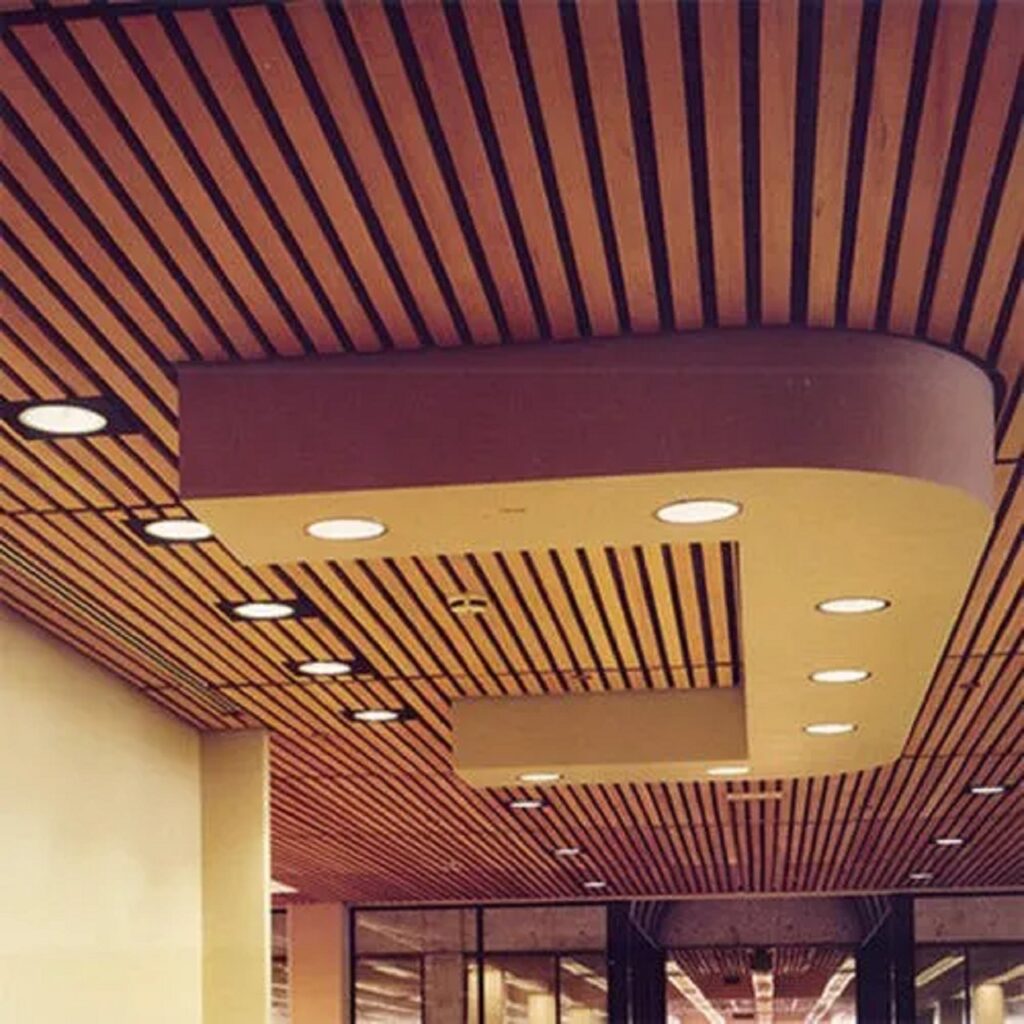
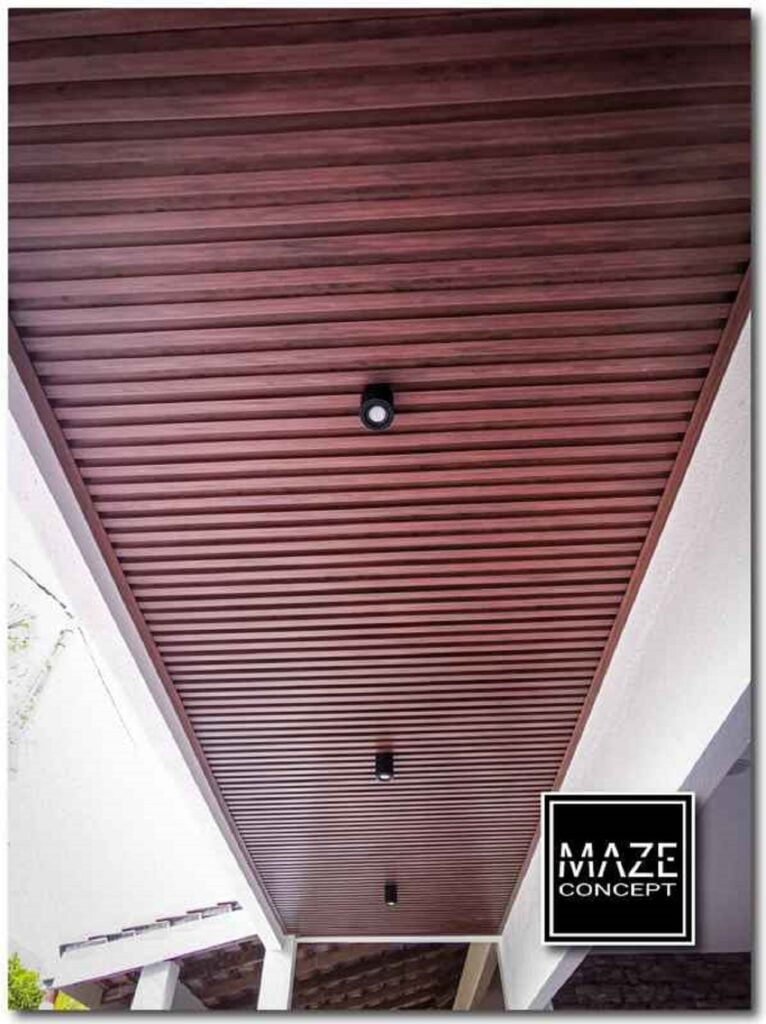
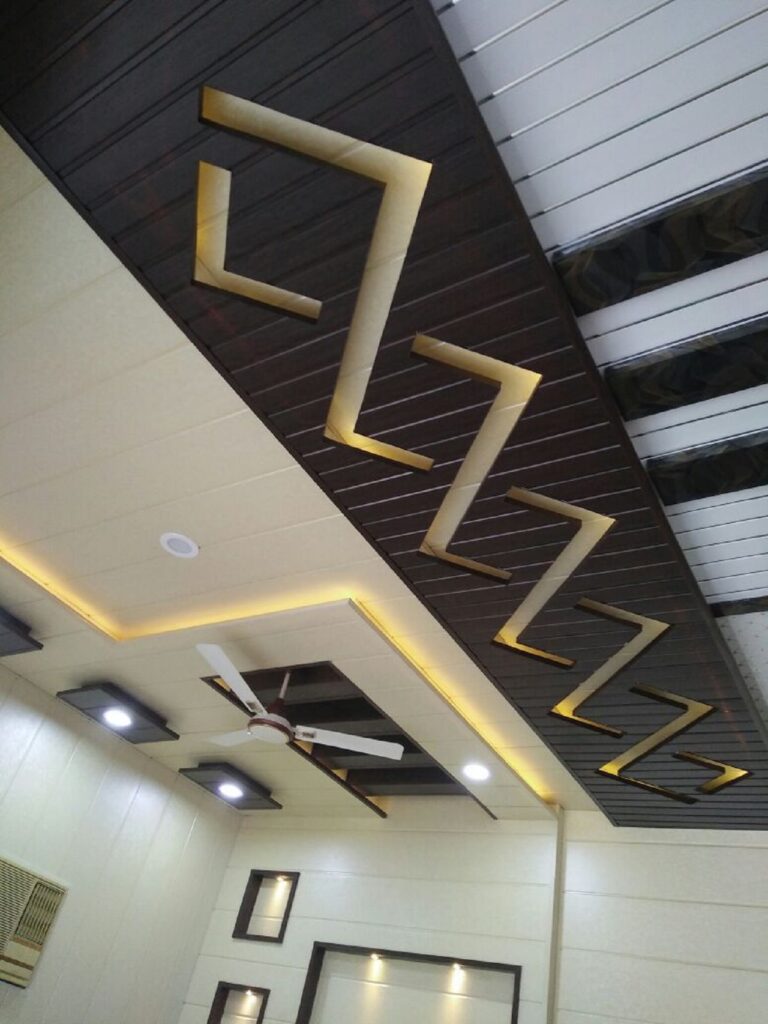
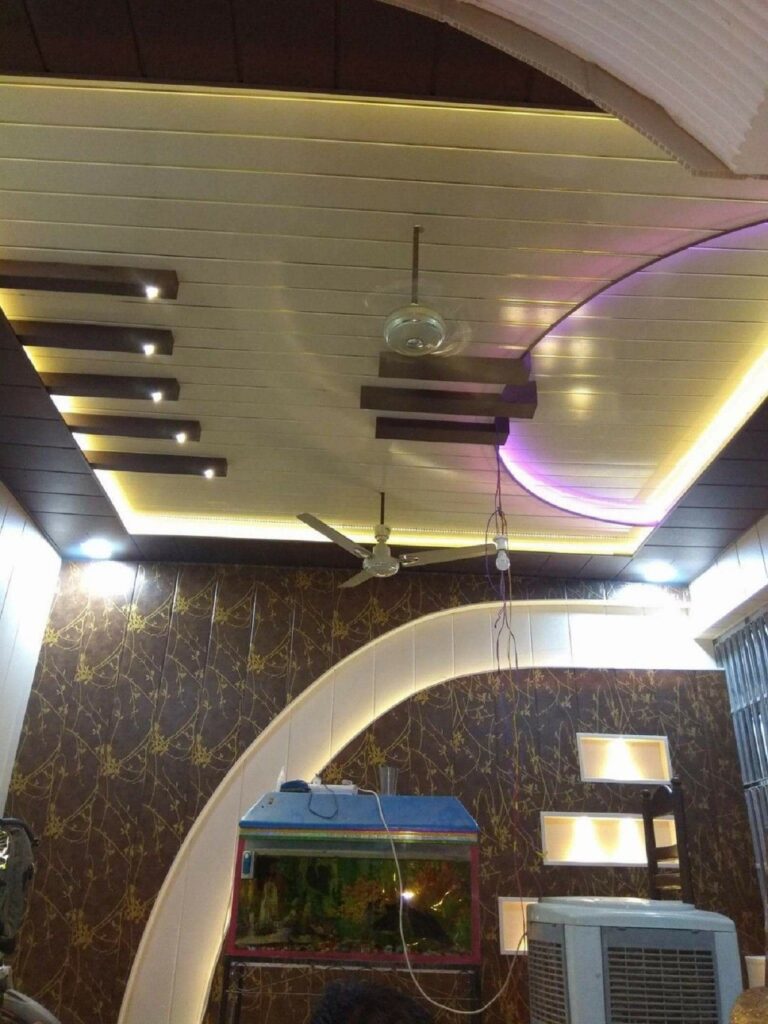
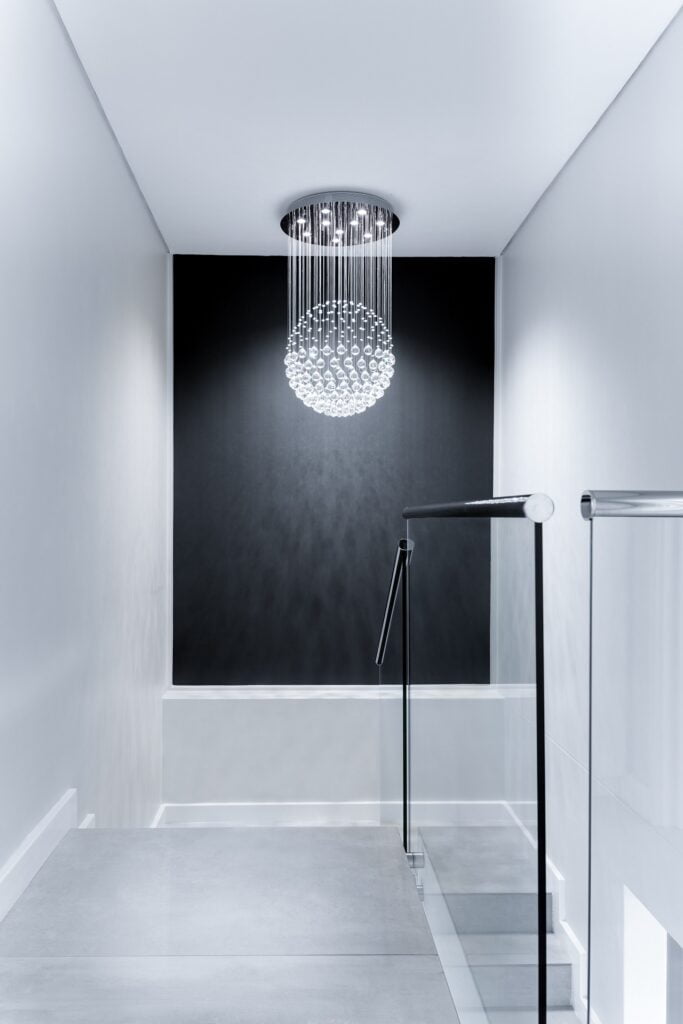
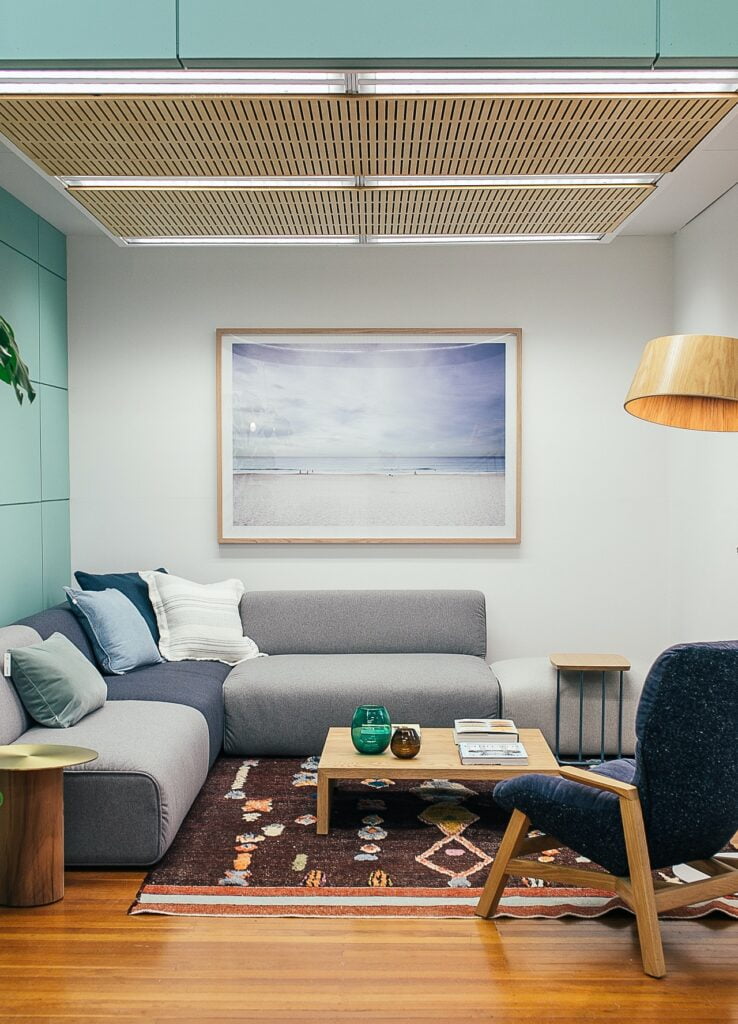
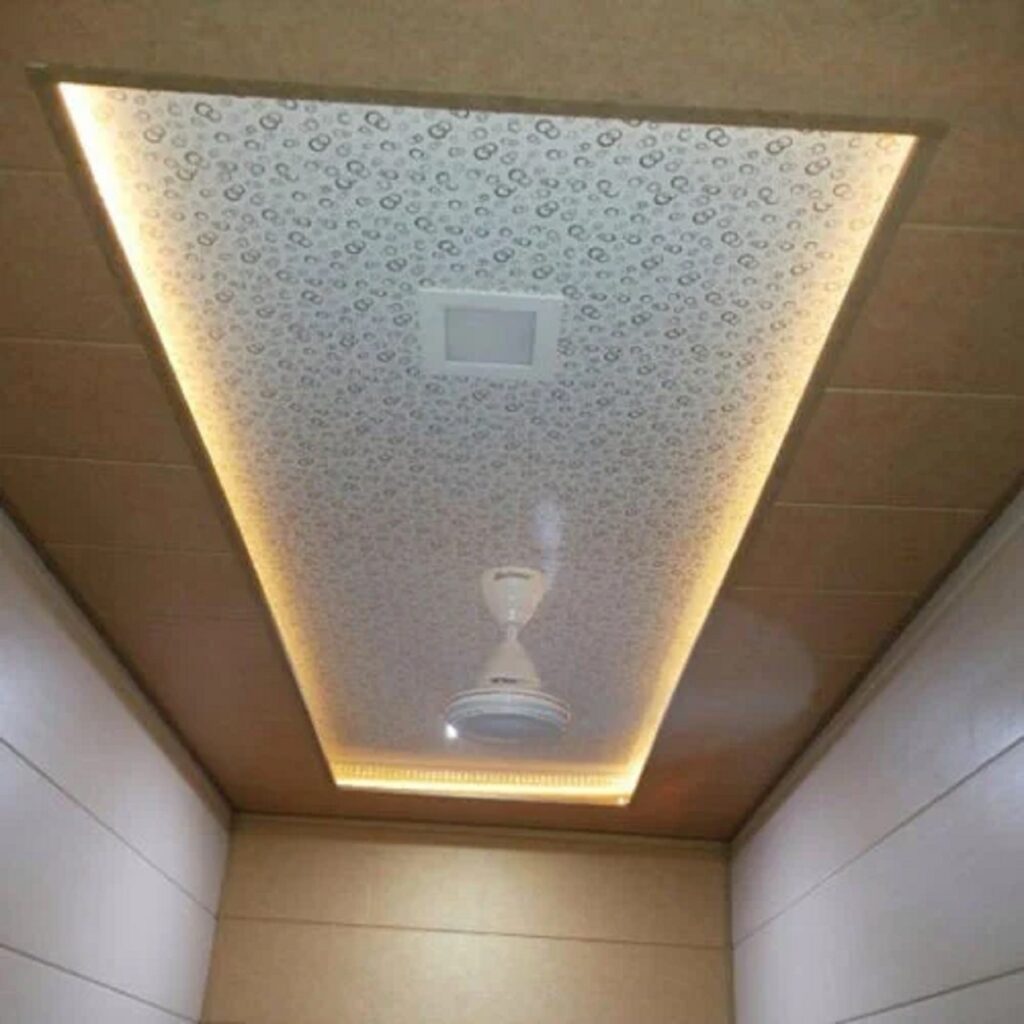
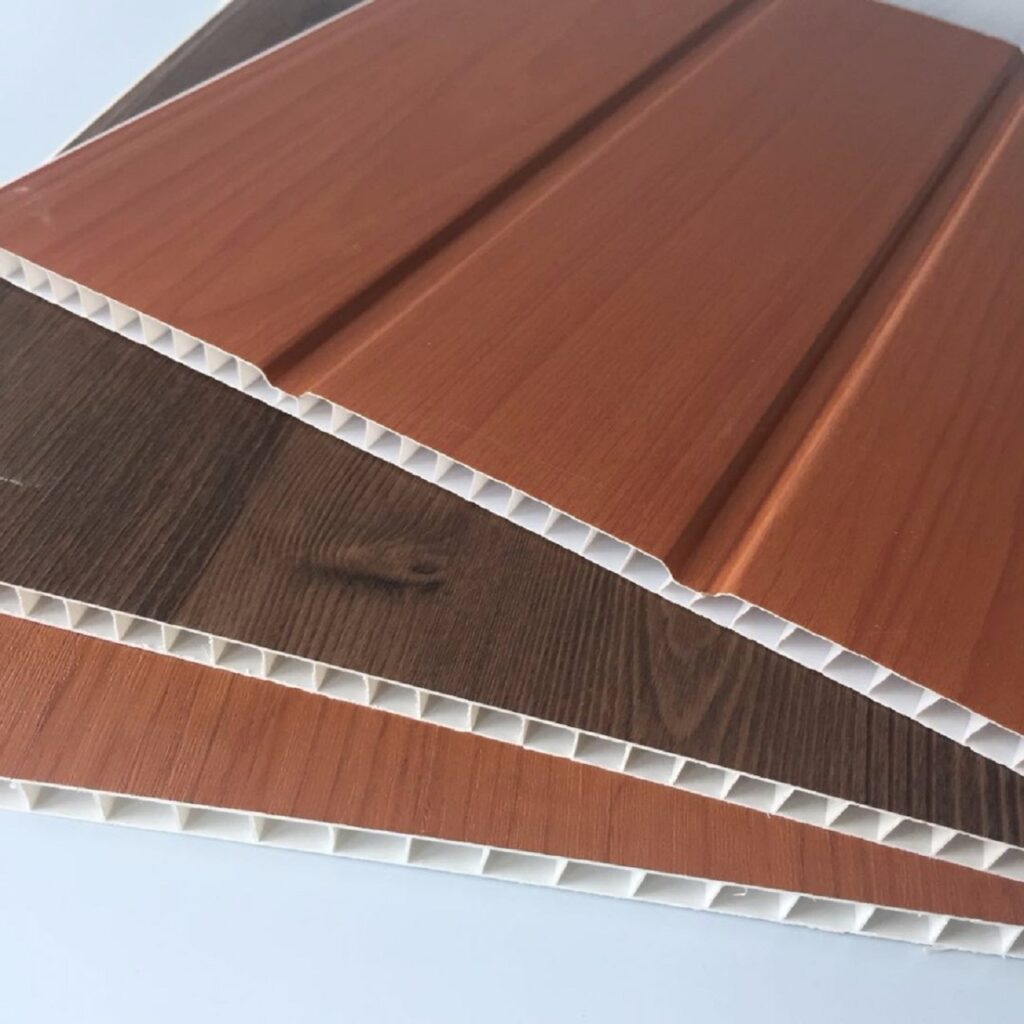
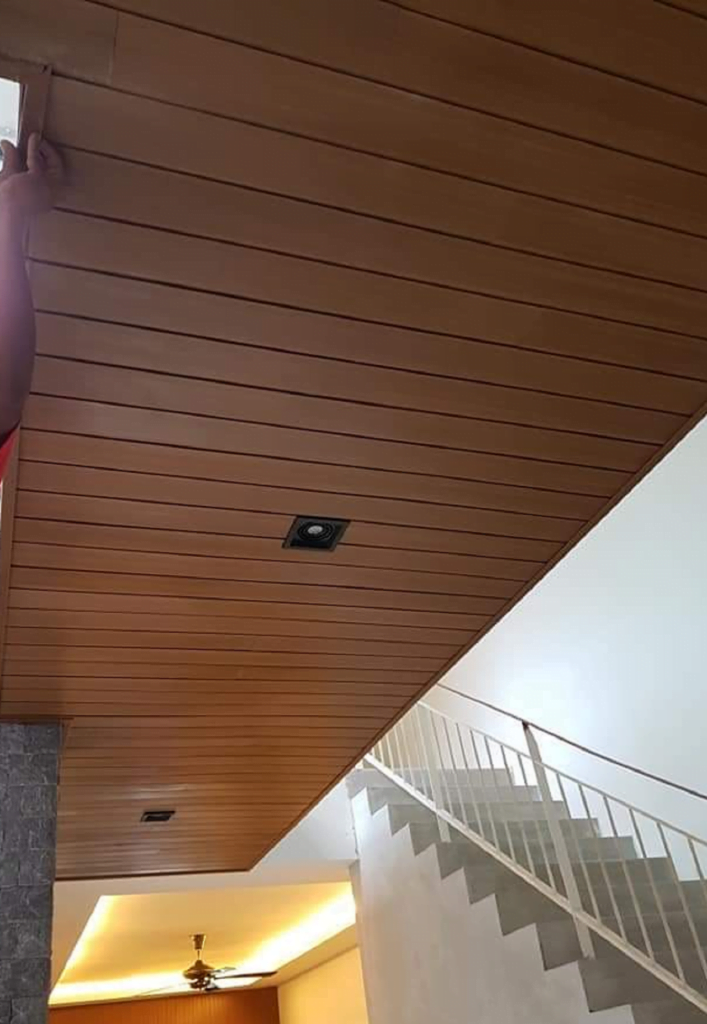


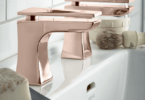
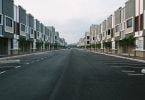


[…] PVC Ceiling Design: Best Example of Decorative PVC Ceiling Design Ideas […]
[…] sound-dampening compounds, sealing gaps around doors and windows with acoustic sealants, and using decorative acoustic panels can significantly improve a building’s sound […]